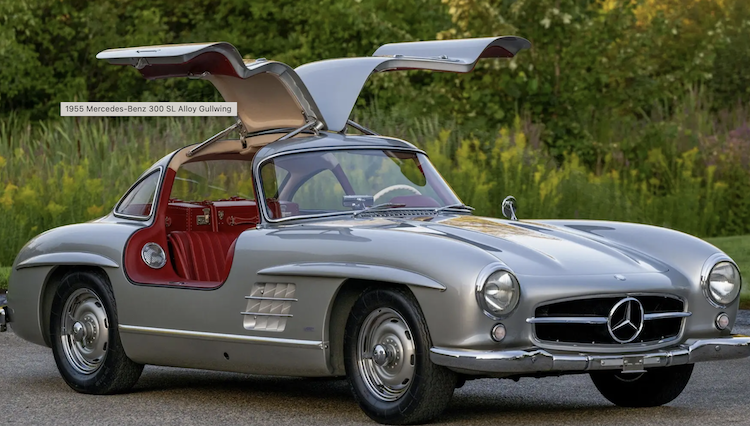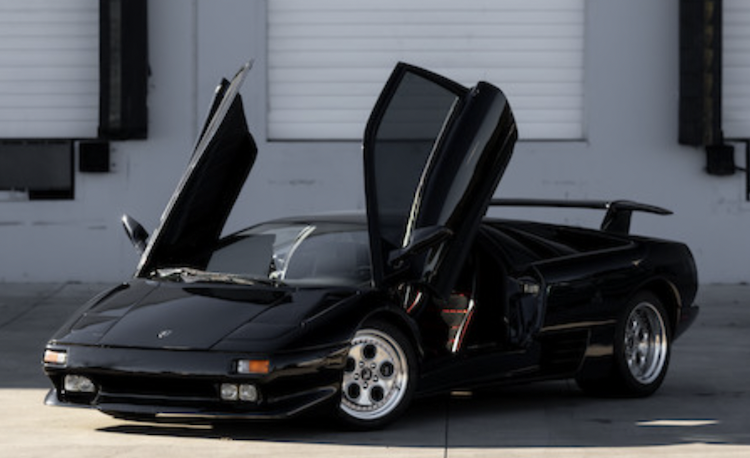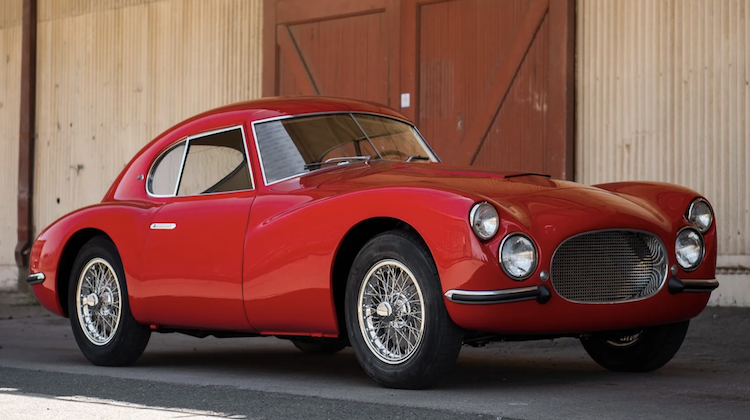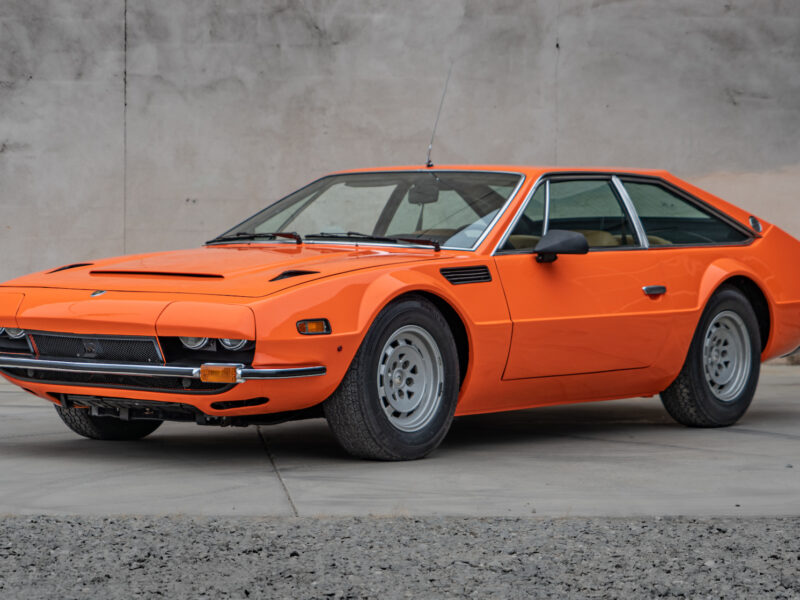There are two ways to sell a car at an auction: reserve or no reserve. If a car is tagged “reserve,” the seller told the auction house “Don’t sell my car for less than X.” If a car is auctioned with “no reserve,” the highest bidder wins no matter what. The phrase “and the bid goes on” applies to cars with a reserve price.
First of all, bidders don’t know the reserve price. If they did, they’d know whether it was worth it to start bidding. (A million bucks for a Ferrari 512BBi? Fuhgeddaboutit!) If a car’s reserve price wasn’t a mystery, you wouldn’t have the drama of people waiting to hear the auctioneer call out the magic words: “the reserve is met!”

1955 Mercedes-Benz 300 SL Alloy Gullwing (courtesy rmsothebys.com)
When the auctioneer tells bidders that a car has met its reserve, the real bidding starts. Here we go! Sometimes, that doesn’t happen. The bidding stops without the car meeting its [hidden] reserve. Instead of saying “well that sucks,” the auctioneer says “and the bid goes on.”
“And the bid goes on” means the auction house is done trying to sell the car in public. But the fat lady hasn’t sung. They’re going to try to broker a deal for the car in private. In other words, “and the bid goes on” means “We’re no longer an auction house. We’re now a car dealer. What’s it gonna take to make this happen?”

1990 Ferrari F40 (courtesy broadarrowauctions.com)
The auction house might take the seller aside and say “Don’t be an idiot. Take the last bid. Or a little bit more.” They might take the highest bidder aside and say “Don’t be an idiot. Pay a bit more and the car is yours.” (If the highest bidder won’t play, there’s always the next highest bidder.) The auction house might cut their buyer’s fee, say from 12 percent to five. They might cut the seller’s fee, say from 10 percent to five.
The key takeaway: the general public won’t know if the car’s sold and if so, at what price. The transaction’s become what the industry calls “a pocket deal.” That’s great for the buyer, the seller, the auction house and sellers trying to off-load the same car later (the price wasn’t “set” at auction). It sucks for someone who wants to know how much to pay for a similar car (the market price).

This all assumes that auction houses maintain confidentiality. Truth be told, the car auction business is a world unto itself, where information is power, power is money, and money is power that gets information. Insiders know a car’s “secret” reserve before it goes on the auction block. Insiders know if a car sold “privately” after an auction stops, and at what price.
Make no mistake, there’s a two-tier system: insiders and outsiders. Is that fair? Nope. But that’s how the game is played. And now you know: “and the bid goes on” is another way of saying “it’s the insiders’ turn.”

